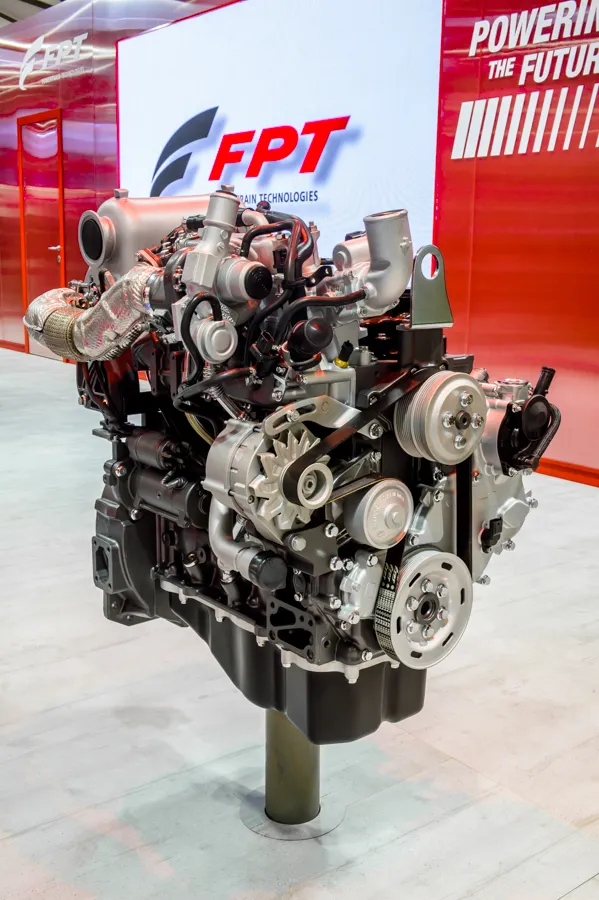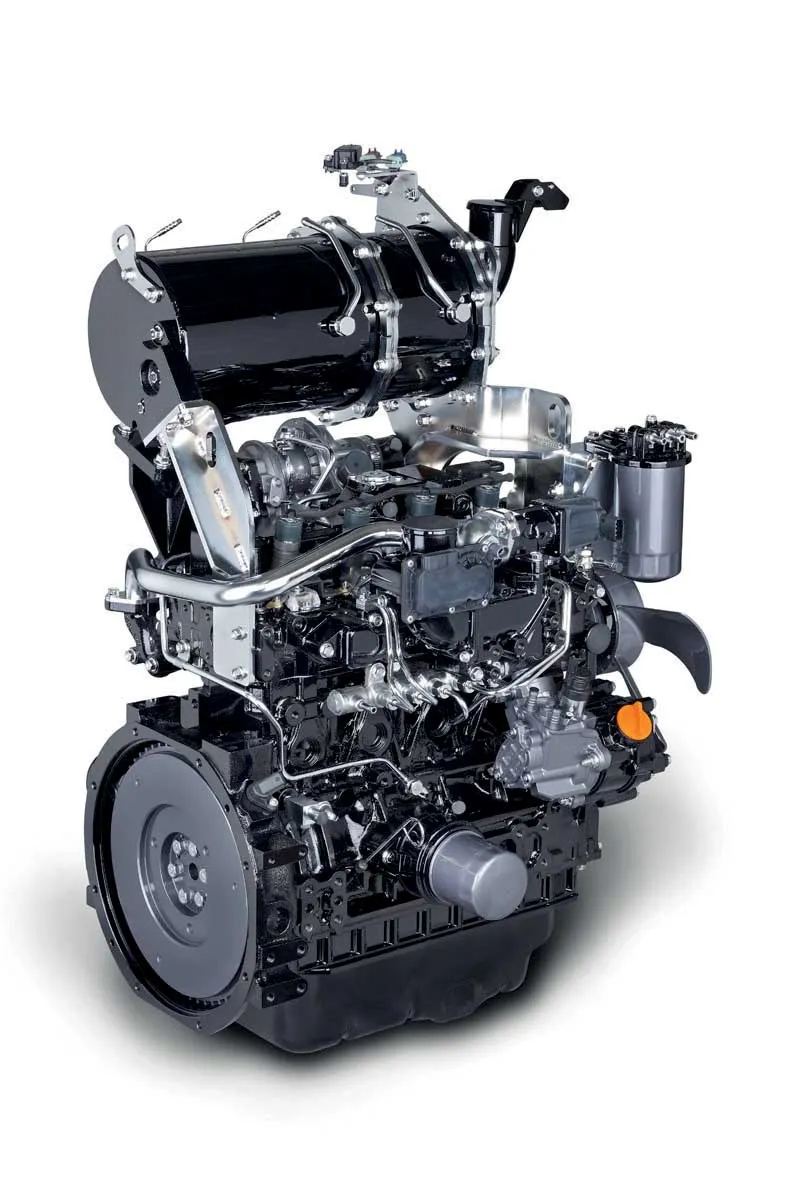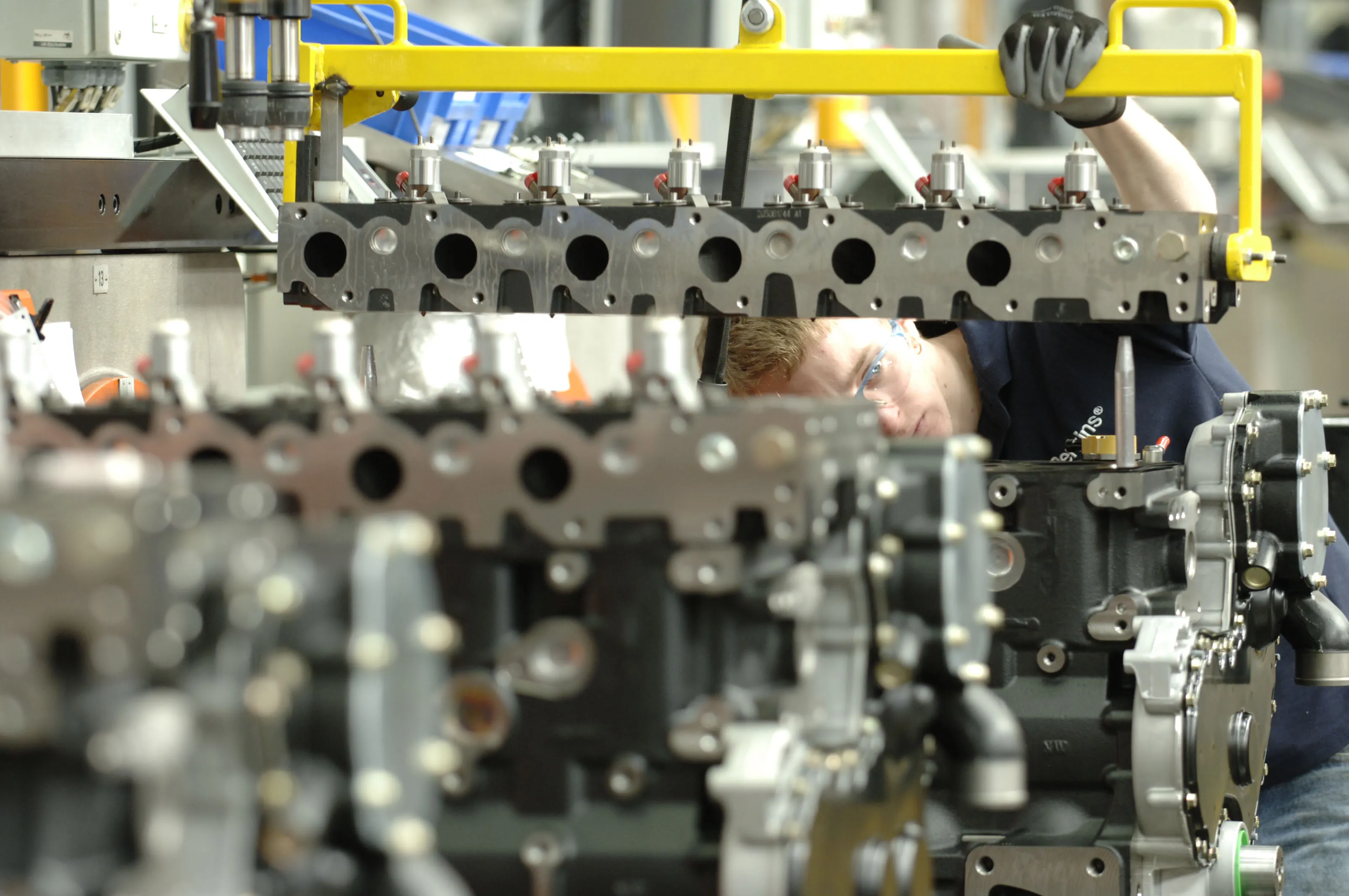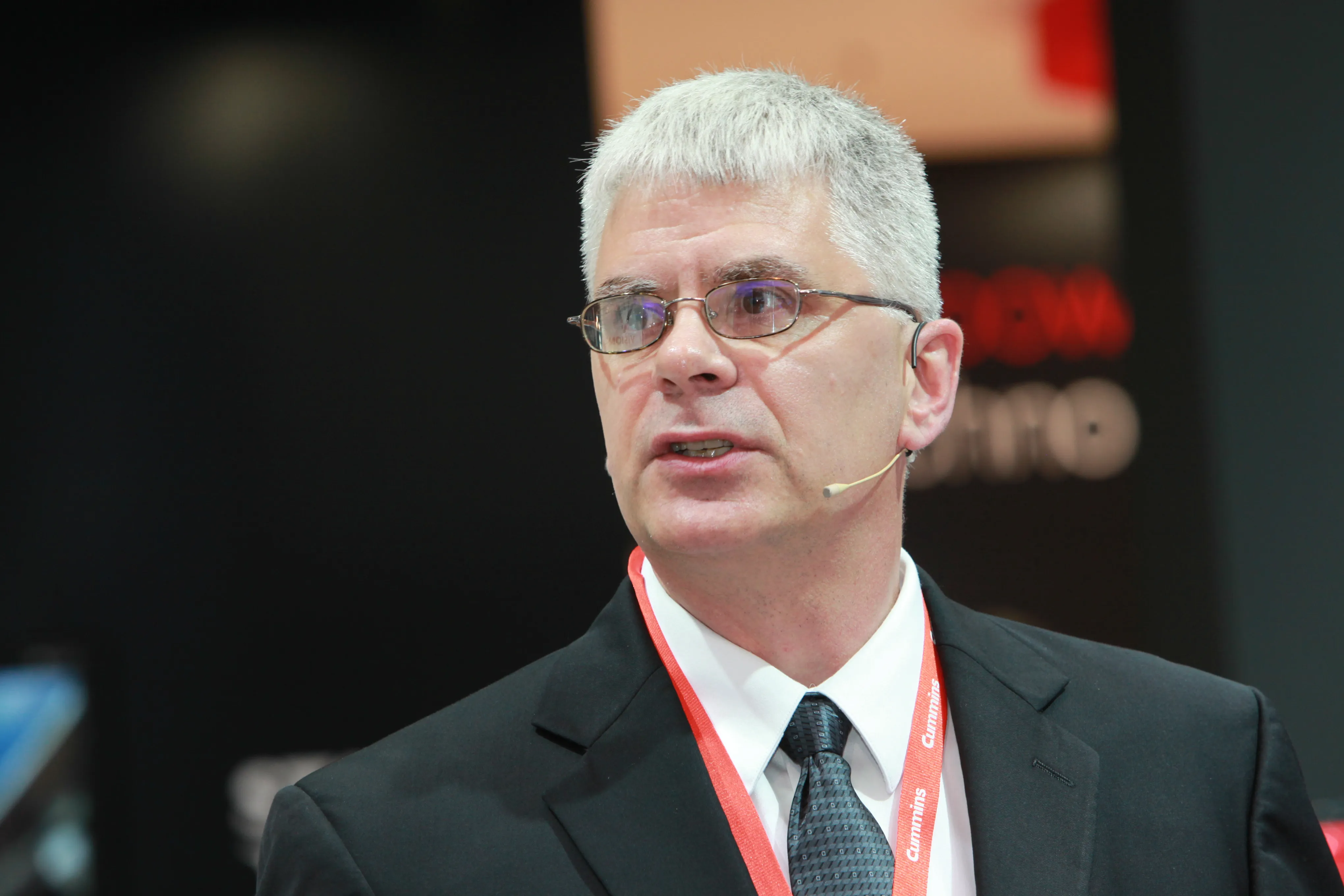
Power and torque are increased over the previous engine said FPT Industrial, but importantly, the new F36 engine’s external dimensions and physical size remains unchanged.
Adopting a new design of piston and a revised turbocharger, the longer stroke engine can deliver 105kW and up to 600Nm of torque, representing increases of 14% and 20% respectively, over its predecessor.
The F36 is also EU stage V emissions compliant, it uses FPT Industrial’s Hi-eSCR2 after-treatment package and offers 600hour service intervals.









